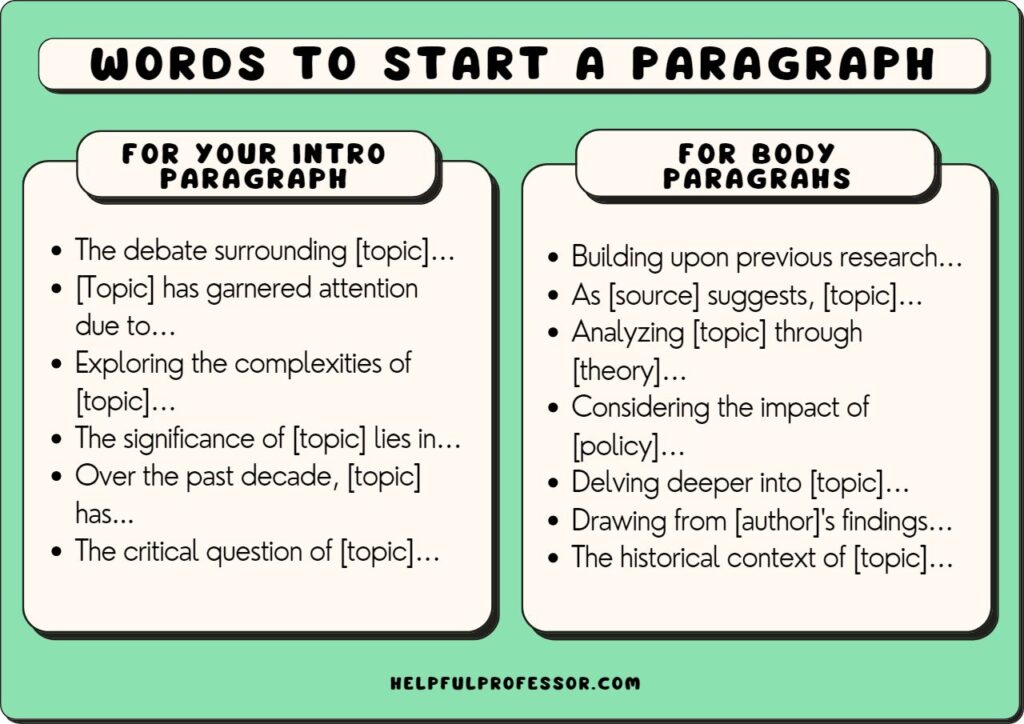Divine Info About How To Start Off A Introduction

Your entire essay will be a response to this question, and your introduction is the first step toward that end.
How to start off a introduction. In this article, we describe 26 different ways to begin a speech and explain how each type of introduction can help you convey information and connect with your audience. Your introduction draws your reader in, setting the stage for your research with a clear focus, purpose, and direction on a relevant topic. Feb 27, 2024.
It’s not even past.’ —william faulkner. There’s one golden rule for a great introduction: If you have a topic in mind, do not feel pressured to start with the introduction.
You don’t have to “hook” your readers with a. You want your topic to be meaningful to you, while also displaying a part of you that isn’t apparent in other aspects of your application. But things have turned around since.
A long, wordy introduction is more likely to bore them or cause them to stop reading. The introduction paragraph, to put it simply, is the first section of an essay. The words that start a sentence are some of the most important in writing:
Your introduction has to do a lot in 5 sentences or so: The introduction is the first section of your thesis or dissertation, appearing right after the table of contents. A tight, concise introduction grabs attention and demonstrates good communication skills.
The introduction to an academic essay will generally present an analytical question or problem and then offer an answer to that question (the thesis). 1 begin with a quote to give weight to your argument. Download article treat the whole of your intro as the gateway into your essay.
Sentence starters are the words or phrases that introduce the rest of the sentence, typically set apart by commas. An analysis of real intro paragraph examples, with a discussion of what works and what doesn’t. The essay is an opportunity to show admissions officers the “real you.”.
Present your thesis statement—the central point of your essay. Strategies for writing an effective introduction start by thinking about the question (or questions) you are trying to answer. Introduce your topic the first job of the introduction is to tell the reader what your topic is and why it’s interesting or important.
1 identify your audience. This is especially beneficial for longer essays. The hook is a striking opening sentence that clearly conveys the relevance of your topic.
Kick it off with a quote. It gives the reader a gist of what is to be expected and the points that you will be covering. Don’t give too much away.

















